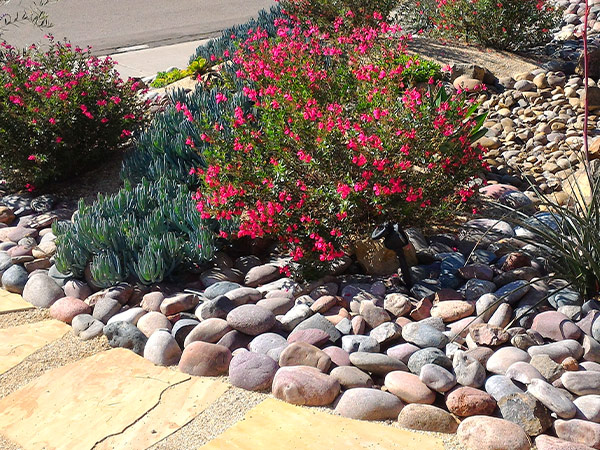

Home, Garden, Ranch: How to Be Prepared for a Drought
Crunchy lawns, closed swimming pools, and brown fields. If you live where we do in Texas, Oklahoma, or New Mexico, you are no stranger to the effects of droughts. We all know water conservation isn’t only important, it’s key to surviving until the next thunderstorm. Whether you have a new lawn, a productive garden, or a ranch with animals, here’s some water-saving tips from us at McCoy’s who are no strangers to drought.
Droughts and Their Effects
In simple terms, a drought is a long time without the average amount of rain. There are different kinds of droughts that affect different things:
- Meteorological drought that affects wind, temperature, humidity, etc.
- Agricultural drought where crops can’t grow or yield isn’t high.
- Hydrological drought where water levels of rivers, lakes, and streams are down.
Heat and drought cause socio-economic hardship that can make your water bill high or even affect livelihoods. This is why monitoring your weather conditions and conserving water is our best defense against those consequences. A good place to start is by using the U.S. Drought Monitor that gives current rainfall and climate conditions per county.

Preparation is Key

The best way to weather a drought is to be prepared:
In the Home and Garden
Start with a home efficiency audit and test the flow of your faucets and add aerators if need be. If you have any that are dripping, fix that immediately as even a small drip can waste gallons of water. Installation of low-flow toilets, showerheads, or replacing any old appliances with high-efficiency options will help you to save on your water bill and save water. Install gutters and rain barrels to capture water for outdoor use.
In your lawn, cut grass to the proper height for deep roots. Deep roots make it easier for the grass to get a drink. Make sure all your sprinklers are spraying only the grass or plants. Your concrete driveway or the side of your house doesn’t need to be watered. You can even add drip-irrigation designed to water specific plants or areas to help be even more strategic in watering.
Be sure to follow all city water regulations for hand watering with a garden hose or whether you can use your sprinklers. Often, these regulations are to slow down an area’s water consumption to avoid a drought crisis.
On the Ranch
To prepare your land, whether you have one acre or several hundred, by speaking with your county extension agent and testing soil composition. Your county extension agent is your best resource when it comes to drought management or connecting you to other helpful resources.
Other important things to consider include:
- Stocking up on animal feed in case food gets scarce. This store of food is called a fodder bank.
- Ensure all animals will have plenty of shade options. This can even include building a shed.
- Store and collect water as well as check all water sources for leaks or other issues.
- Keep records of water levels in wells and stock tanks. Note when anything changes.
What To Do During a Drought
Conserve, conserve, conserve! Your goal during a drought should be to save water in any way you can and never waste it. If you have a half-empty water bottle that you won’t finish, use it to water your plants. Other great water-saving tips include:
- If you are running water to get it hot, catch the water you aren’t using in a bucket to reuse and always turn that water off while brushing your teeth.
- Shorten your showers.
- Only use washing machines and dishwasher if fully loaded.
- In your garden, check soil moisture levels before watering. This will help prevent over-watering which is wasteful and not beneficial to the plant.
- Always water in the evening. This will give the plant time to soak up the water without competing against evaporation for the hot sun.
- If you are in a severe drought, it’s best to forget about keeping your lawn green. Allocate any water to trees and other plants to help keep them from being parched. A good thing to note is that lawns will turn brown when they are lying dormant to weather the drought. A brown lawn may not always mean it’s dead.
- If you must wash your car, use a commercial car wash. Typically, these car washes recycle their water and use other water-saving measures which is better than running your garden hose for a long time.
After a Drought
After a drought, you should still water your lawn carefully. It should get a deep soak in the morning or evening. Give your lawn or pasture time to grow back before adding any fertilizer, mowing, or adding animals back.
Prepare Now
Before a major drought hits, prepare your home, garden, and ranch by heading over to your local McCoy’s. Whether you have done a home efficiency audit and need some low-flow shower heads, are ready to install drip irrigation, or need mulch to keep your plants from scorching, we are here to help. Plus, enjoy some air conditioning while you’re at it.
